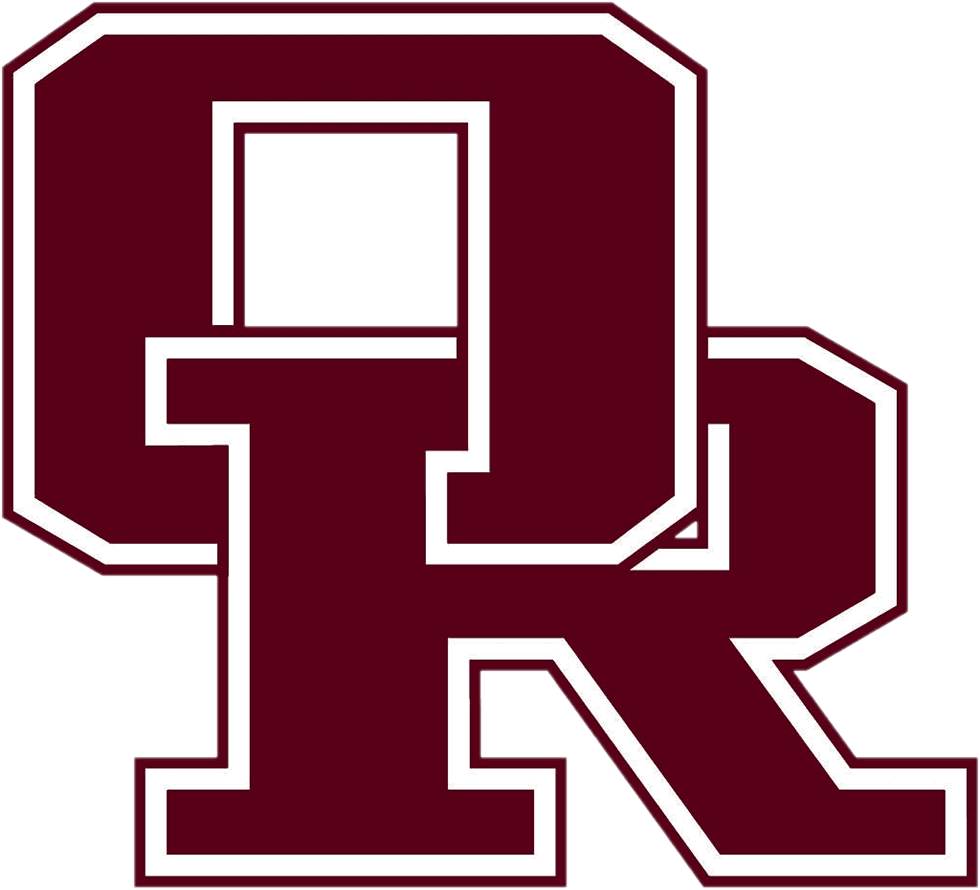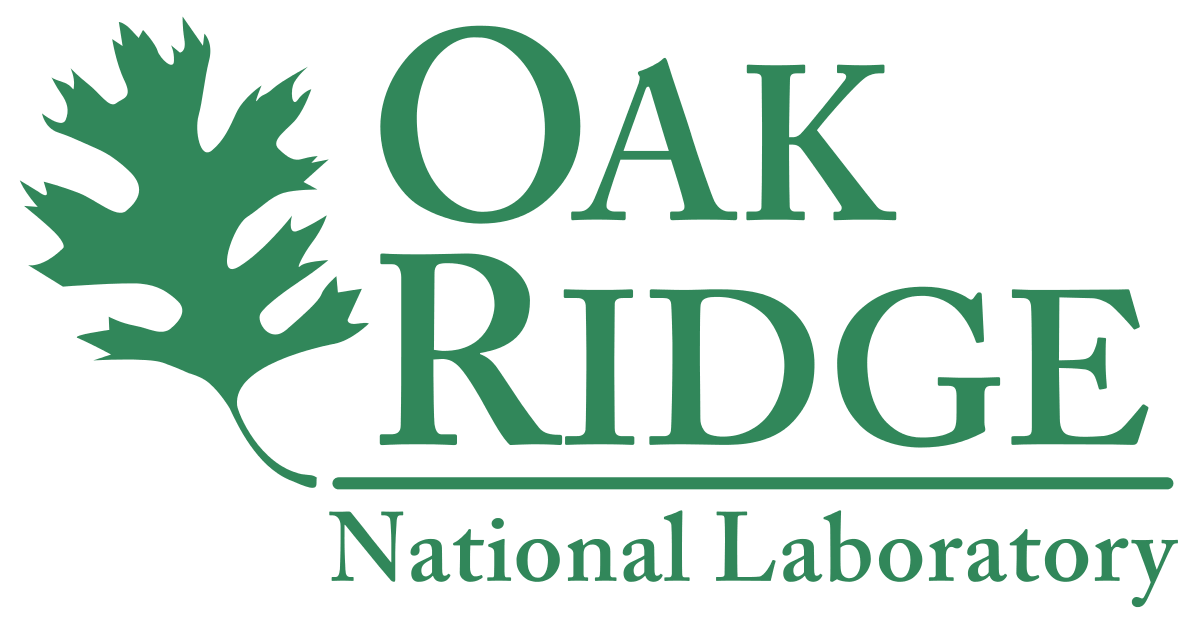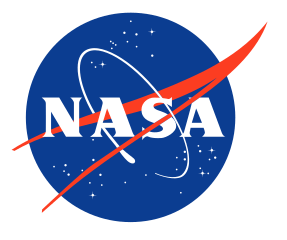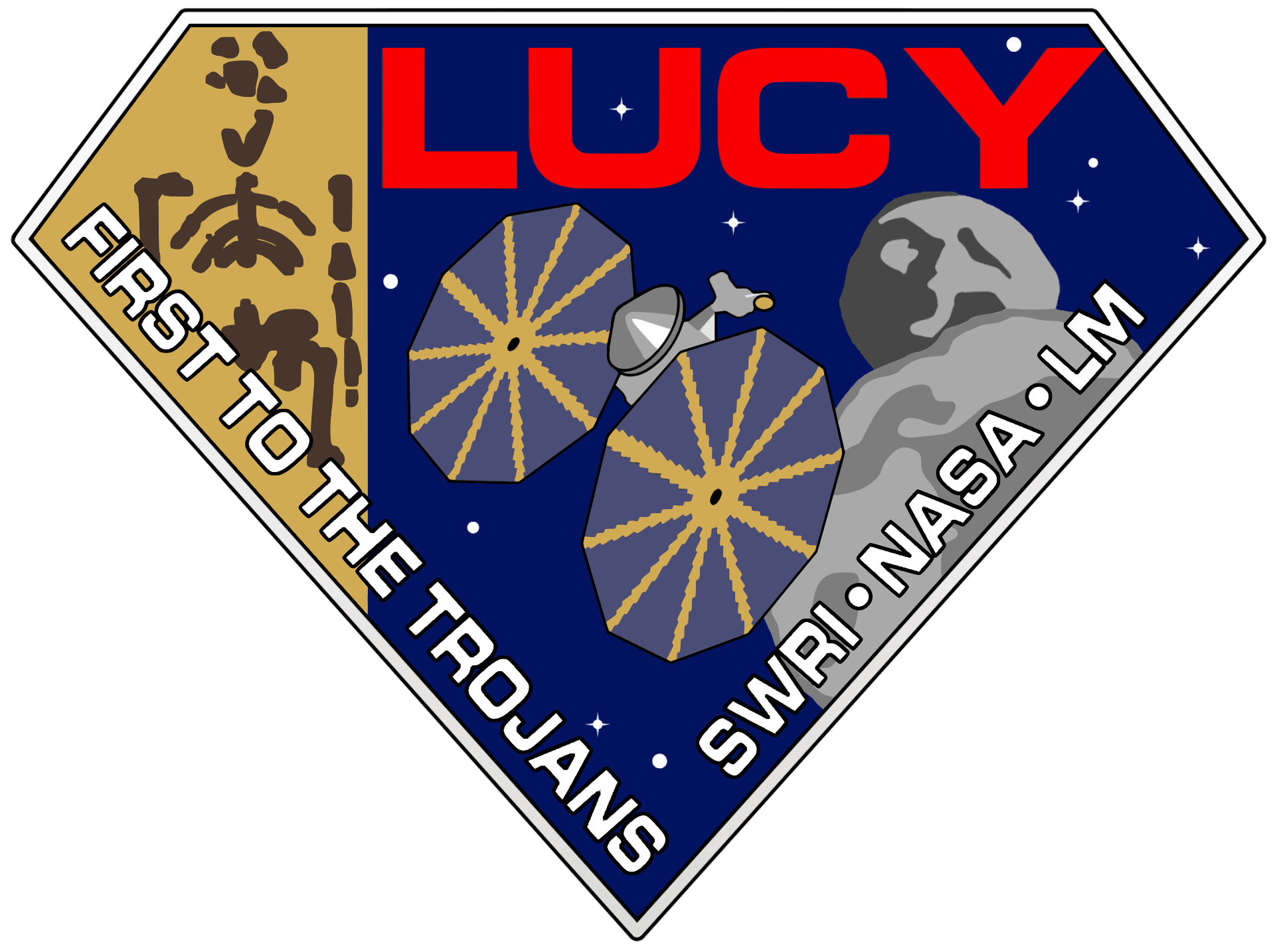When I was a toddler, my mom would take me to a volunteer daycare at the University of Wisconsin. Although I have no recollection, I was moved by these volunteers' selflessness.
So, I became inspired to give back to the community through volunteering. During these three years, I volunteered as a summer camp assistant. Kids from preK to 4th grade participated in these camps, so I helped with supervising and also helped with maintenance such as painting, repairs, cleaning, and gardening.

These four years of high school gave me a great education, while also creating fond memories. Clubs and Activities I were involved in included Math Club, Scholars Bowl, Model UN, Orchestra, and Varsity Soccer.
I participated in several state math conventions, placing in several competitions.
I was the concertmaster for 3 years, qualified for All-State Orchestra (Top 36 violinist in Tennessee) for 3 years,
and was awarded the Maestro World at WorldStrides Onstage (New York, 2016)
and the Outstanding Concert Soloist at Festival Disney (Orlando, FL, 2017). Other honors include National Honors Society and National AP Scholar.
Relevant coursework and GPA can be found in my resume. Graduated with honors.

I was fortunate enough to be selected to research at the Center for Nanophase Materials Science at the Oak Ridge National Laboratory, which personally was a proud moment to have my first major specific experience at this world-class institute in my hometown.
I worked on creating an Agent-Based Model that mimicked the foraging behavior of Black Soldier Fly Larvae. These larvae are of particular interest because of their ability to feed on organic waste, and in turn the larvae can be used as protein feeds. This process is environmentally friendly, so being able to understand eating behaviors can optimize the rate of recycling.
Further data revealed that these larvae form a vortice in the 2d plane when eating, which is reminiscent of natural phenomena behaviors like flocking and swarming. Therefore, Netlogo was used to create the Agent-Based model. Once the model was finished, a genetic algorithm was implemented to minimize the fitness function and find the optimal parameter set.
This research won 1st place in the computer science division and 4th place overall at the Southern Appalachian Science and Engineering Fair (affiliated regional fair of ISEF).

I am currently pursuing a bachelors in a combined Computer Engineering and Computer Science degree, while also pursuing a minor in Mathematics.
I currently work with our electrical and computer engineering career department, working as a peer career advisor. I help advise students in their careers by editing resumes, doing mock interviews, and giving general career advice.
Honors and awards include admittance into Northeastern's Honors College (~top 10%), making the Dean's list (College of Engineering), and being an Honors Early Research Award Recipient. Additionally, I am proud to say I am a member of IEEE-HKN, the international honors society for Computer and Electrical Engineers.
My GPA can be found in my resume.

As a researcher in the Northeastern University Sociology and Anthropology Department, I focused on using a social network approach and data scrapping strategies to study the diffusion of innovative ideas on systemic change and gender equity among NSF ADVANCE grantees and beyond.
This includes collecting data through internet access of websites, journals, conference materials, organizing data through Google spreadsheets, and handling software programs for statistical, network analysis and visualization tools including coding in Python, MATLAB, and R.

As stated in my bio, one of my biggest passions is space exploration. I am extremely lucky to be given this chance to begin my journey in this direction through this student pipeline accelerator opportunity. As a trainee, I gained NASA mission development skills during weekly training from NASA scientists and engineers, collaborated as the lead engineer on an interdisciplinary Lucy probe mission related virtually distributed team project, and met with NASA mission leaders and personnel, preparing for possible future NASA work.
Additionally, my team produced a preliminary design review creating a new mission concept with a new payload planned towards exploring an alternative landing site from NASA’s 2020 Perseverance Mars Rover final four sites.
NASA's Lucy mission is targeted to be the first probe to visit Jupiter's Trojan asteroids. These asteroids are of interest because of their contents,
which scientists believe to be remnants of materials that formed the outer planets. This means that these asteroids are possibly like a time capsule or a "fossil" full of information on planet origins, so the mission is named after the Lucy skeleton discovery that helped provide more information into human origins.
The launch is planned for October of 2021 with a mission duration of at least 12 years.


This research was my first opportunity to dive into one of my biggest areas of interest, high performance computing. This opportunity helped me understand what the core of clusters are, how to use clusters, and the importance and implementation of parallel and GPU computing. The project I worked on as a research assistant focused on the simulation of GPUs. The previous team had created the model known as MGPUSim, a multi GPU simulator written in the Go language based on Adavanced Micro Device's GCN3 instruction set architecture.
Contributions I made included adding new tools and features to this simulator, such as visualization and flags. The main work involved updating the simulator to NaviSim, which means transitioning the GPU architecture from AMD’s previous GCN architecture to the newer RDNA architecture.
As a result, I developed and gained parallel programming concepts and skills through both benchmark testing and training.

In my first industry experience, I was very fortunate to work with Medtronic Robotics with the Hugo minimally invasive surgical robot. Here, I simulated robot arm cart motion and position by calculating both forward and inverse kinematics and plotting in MATLAB.
Additionally, I extracted signals from SQLite databases, visualized data in reports, and ran analyses to characterize robot usage and activity, as well as generated and refined Simulink playback models by replicating robot models to validate and verify input and output signals.

At the exciting Shipping with Amazon group, I designed an alarming service in Java and AWS that checks internal teams daily for over-spending of quarterly AWS budgets, launched a new S3 bucket which triggers a new Java Lambda function to reformat and upload files to an endpoint S3 bucket,
and created a ReactJS frontend and backend page that allows business customers to manually update, download, and upload files.

This was truly truly a special opportunity. Known for their drone show at the opening cermemonies of the Olympic Games, I was fortunate enough to work with another technology, 3D Athlete Tracking (3DAT), combining two of my favorite things: tech and sports. Here I worked on on evaluating the software’s computer vision models by calculating the percentage of correct key points in range of motion videos, while simultaneously investigating academia 3D singleview models by integrating PyTorch with team datasets and visualizing results in MATLAB.
Additionally, I calculated biomechanics single leg jumps metrics in Python using output hip key points and known scaling of input videos. However, the main goal of my job was developing, integrating, and optimizing AWS architecture/backend with computer vision models and biomechanics analysis.
To learn more, check out https://intel.com/3dat, and check out https://olympics.com/ioc/partners/intel

Social Media